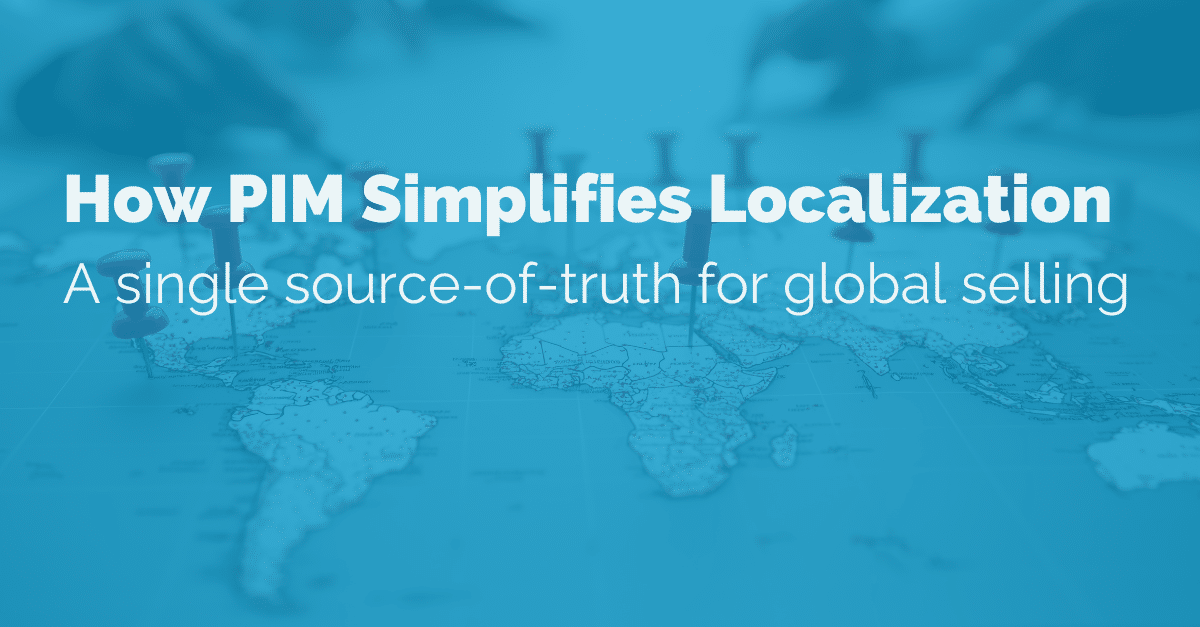1. Improve product design
In the metadata driven manufacturing environment, the development of products using detailed data facilitates smart manufacturing practices.
Through metadata analysis of product designs, materials, dimensions, processes, etc., manufacturers can find patterns that indicate opportunities for improvements in the development of future products. As a result, you can deliver a higher quality product and enable scaling with improved processes and quality controls.
Manufactures can also analyze metadata to investigate product failures to locate and remedy design flaws.
Metadata development creates a knowledge hub, where increasing knowledge enables you to eliminate bottleneck resources and create scalable development procedures throughout a product’s life cycle.
2. Optimize supply chain management
You can also create a metadata driven supply chain creating an environment that enables you to pivot as the system evolves. Throughout the different stages, you address the relevant aspects of supply chain management, whether it is conceptual, logical, physical, or operational.
For example, you can use metadata on inventory levels and shipping schedules to identify less apparent bottlenecks in the supply chain and make adjustments that improve your process and reduce costs.
Next, you can trace and connect data to better manage your supply chain’s moving parts. Logistics and transport data can help you spot opportunities to improve data integration to eliminate driver waste, picking errors, or ineffective routing.
Finally, you identify inefficient networks in the supply chain and enhance integration to break down silos that block efficiency.
Manufacturers leverage metadata to make improvements, including:
- Removing or replacing inefficient networks
- Driving behavior with route data
- Increasing capacity optimization to get more products (or materials) out at once
- Automating manual processes to eliminate document re-keying and errors
- Digitizing paper documents
- Space utilization on trucks and in warehouses
- Inventory tracking accuracy
- Flow of information between teams, as well as manufacturer to shipper and shipper to consumer
All these improvements optimize the supply chain and enhance customer experience.
3. Improve sales and support marketing
Marketers can organize metadata to optimize content reach and improve customer experience. In relation to your website, you can ensure information is organized, accurate, and consistent to make your products more discoverable.
Because metadata is actually more information about data, elements such as images, videos, and page URLs can become readable by search engines when you apply it to all elements of your content.
Therefore, your team can use keywords in metadata throughout website copy, product descriptions, title tags, images, and other digital assets as an integral element in SEO.
Also, metadata regarding customer behavior and patterns help you understand which products and their respective features are appreciated by your customers and targets. As a result, you can enhance your marketing campaigns and expand your reach.
How to use metadata in marketing
Although metadata is invisible online, it shares social media and website content information with search engines and other websites. You can incorporate metadata into your marketing strategy in a few ways:
- SEO: Metadata is displayed on the search engine results page (SERP) and can be optimized by using the right keywords in:
- Page URLs
- Title Tags
- Meta Descriptions
- H1 on content pages
- These elements factor in rankings, and although meta descriptions don’t, they impact click-through rates. Higher clicks mean higher rankings, so including metadata and keywords on these website elements are worth the effort.
- Social Media: Metadata is usually overlooked on social media content. However, structuring metadata helps increase engagement and shares by helping present information in an organized way that appeals to search engines.
The details that makeup metadata can provide clear and accurate information to improve your ranking and increase engagement and shares.
You can leverage metadata to improve product design, optimize supply chain management and enhance support marketing to increase sales.
Pimberly’s PIM/DAM enables you to use and store metadata. This metadata can include file type, title, keywords, geographic parameters, approvals in project development. In addition, it can carry technical data to create a highly searchable data collection of digital assets and product descriptions. To see it in action, book a demo with our team today!
















